Bonsai might sound like a fancy, intimidating art form reserved for Zen masters and green-thumbed gurus but let me tell you something—growing bonsai at home is easier than you think, especially if you pick the right tree to start with. Whether you’re living in a suburban apartment in New Jersey or New York, bonsai trees can be your little slice of nature, art, and mindfulness all rolled into one. In this guide, we’re breaking down the 10 best beginner-friendly bonsai trees that are not only easy to shape but also low-maintenance enough to thrive indoors or in your backyard.
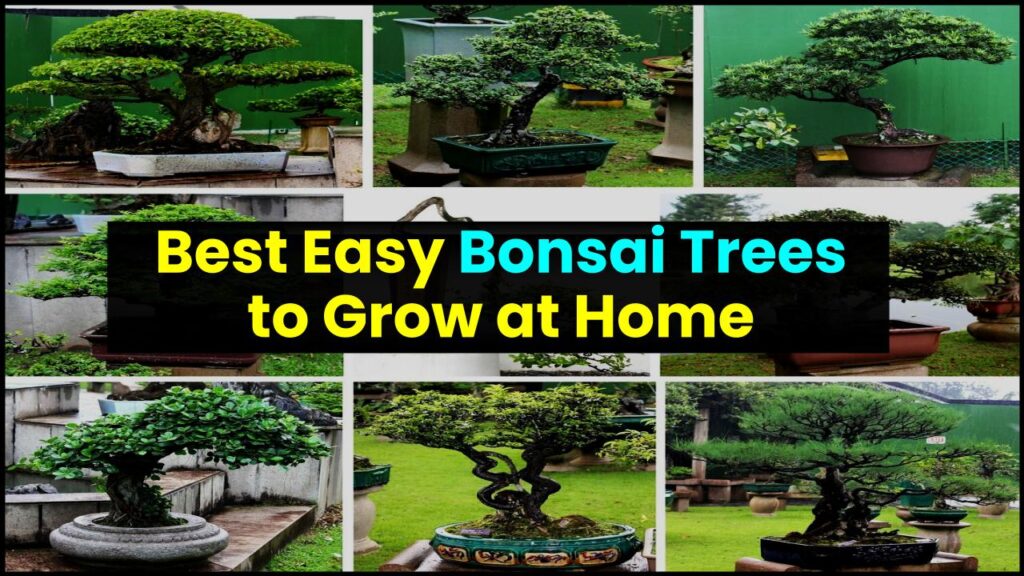
Starting a bonsai tree is like hitting pause on the chaos of everyday life. With just a little bit of care, the right species, and some patience, anyone can grow these mini masterpieces right at home. From hardy indoor Ficus to elegant Japanese maples, your bonsai journey can start today. Don’t forget to experiment, enjoy the process, and maybe even pass this hobby down to the next generation.
What Is Bonsai, really?
Bonsai isn’t some genetically modified mini-tree. It’s the art of growing trees in containers and styling them to mimic their full-sized counterparts in nature. The word itself means “planted in a container” in Japanese.
This ancient practice isn’t just about aesthetics—it teaches patience, mindfulness, and even a touch of philosophy. It’s horticulture meets meditation.
Why Start with the Right Tree?
Listen, not all trees are created equal when it comes to bonsai. Some species are finicky, require constant attention, or won’t survive indoors. That’s why we’re giving you the lowdown on which trees make life easier for you. We’re talking hardy, beginner-friendly champs that are forgiving if you skip a watering or get a little too enthusiastic with the scissors.
Top 10 Bonsai Trees You Can Grow at Home
Ficus (Ficus benjamina, F. retusa, Ginseng Ficus)
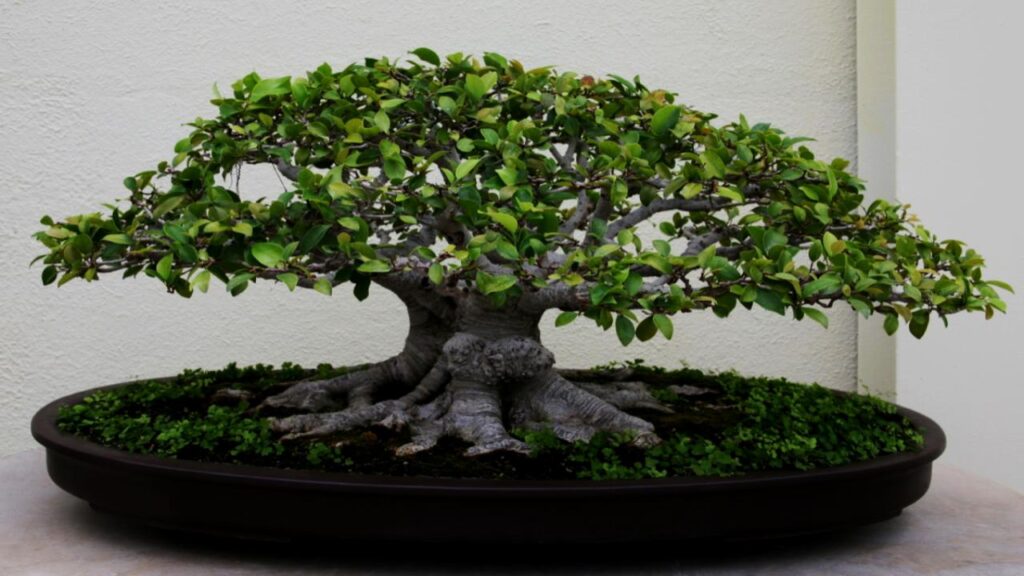
Perfect for: Indoor newbies
Why it rocks: This tree is like the Labrador Retriever of bonsai—friendly, adaptable, and pretty tough to kill. It tolerates low light and irregular watering.
Chinese Elm (Ulmus parvifolia)
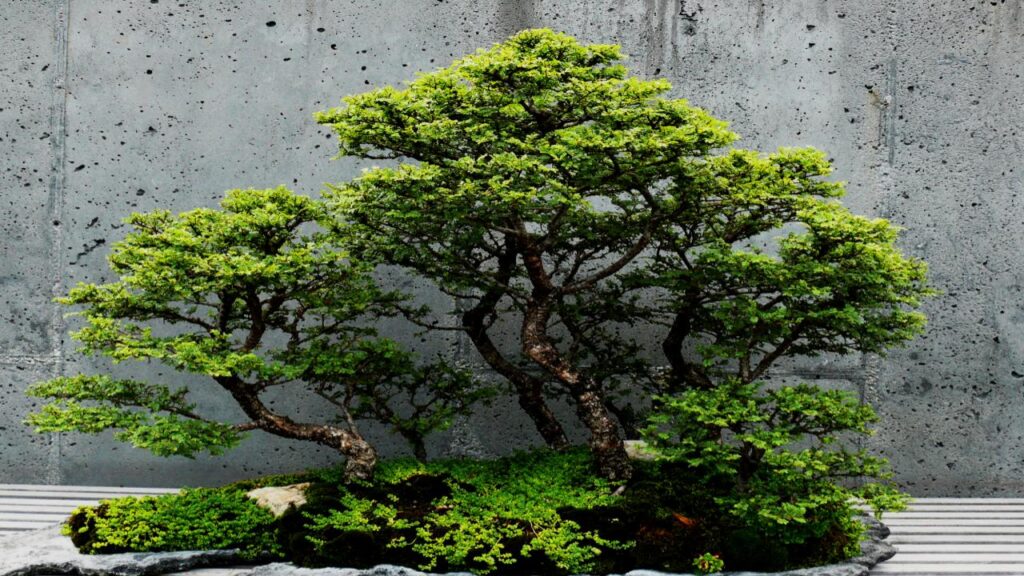
Perfect for: Indoor or balcony spaces
Why it rocks: With small leaves and strong branching, this tree responds beautifully to pruning. It’s also quite forgiving and flexible for wiring.
Dwarf Jade (Portulacaria afra)
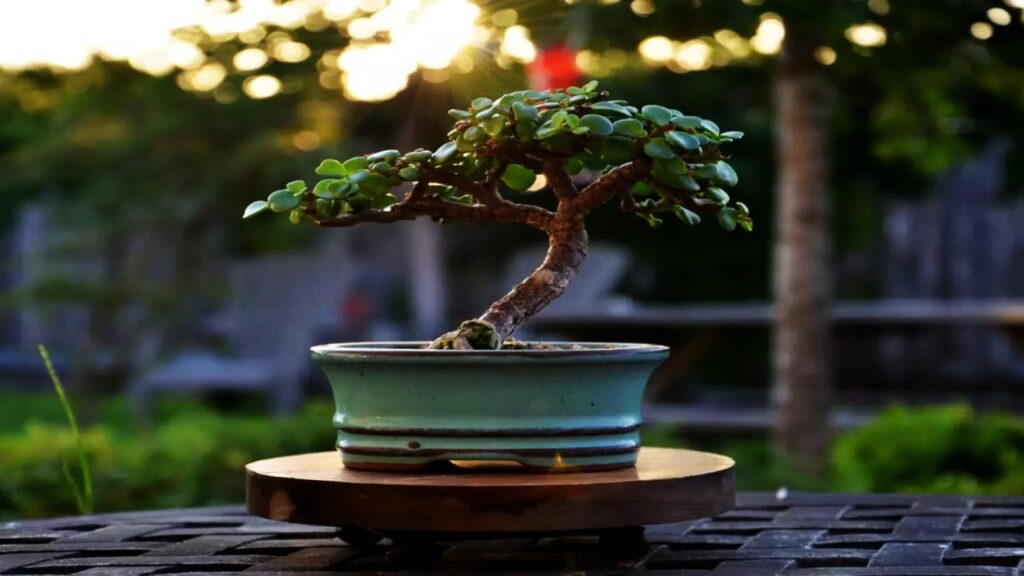
Perfect for: Bright, sunny windowsills
Why it rocks: Think of this as the succulent of bonsai trees. Low water needs, easy shaping, and a unique texture make this a solid beginner pick.
Juniper (Juniperus spp.)
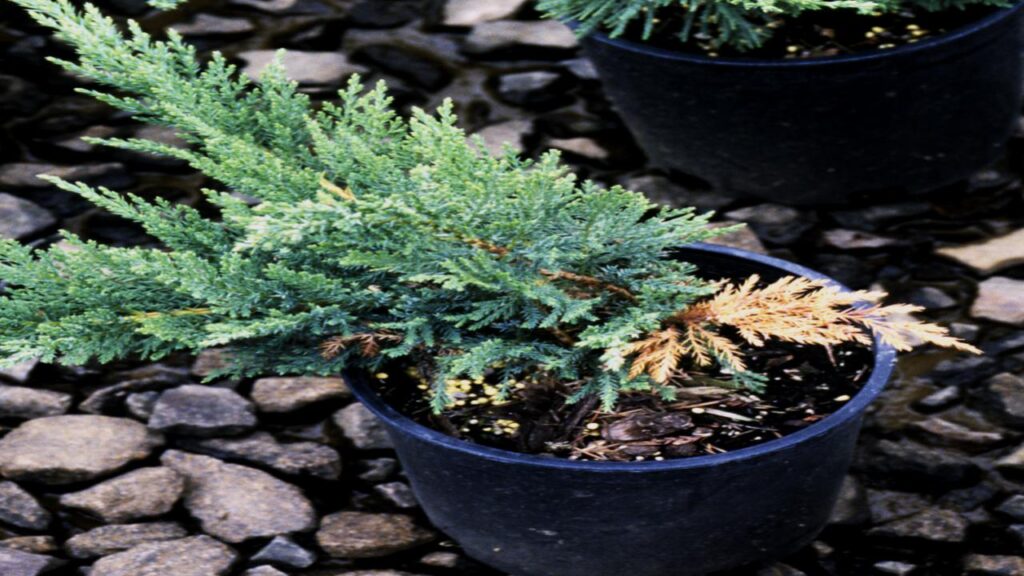
Perfect for: Outdoor patios and gardens
Why it rocks: This is a classic bonsai looker. With its needle-like foliage and strong trunk lines, Junipers are a top pick for shaping and styling outdoors.
Japanese Maple (Acer palmatum)
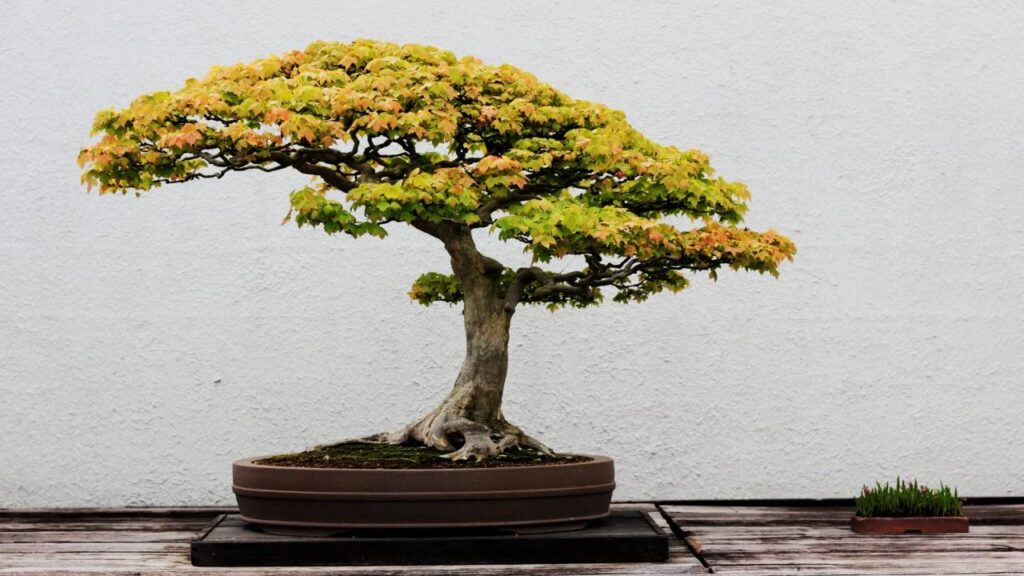
Perfect for: Outdoor lovers who enjoy seasonal change
Why it rocks: Those red, orange, and yellow leaves in fall? Stunning. Just be ready to shelter it during extreme weather.
Trident Maple (Acer buergerianum)
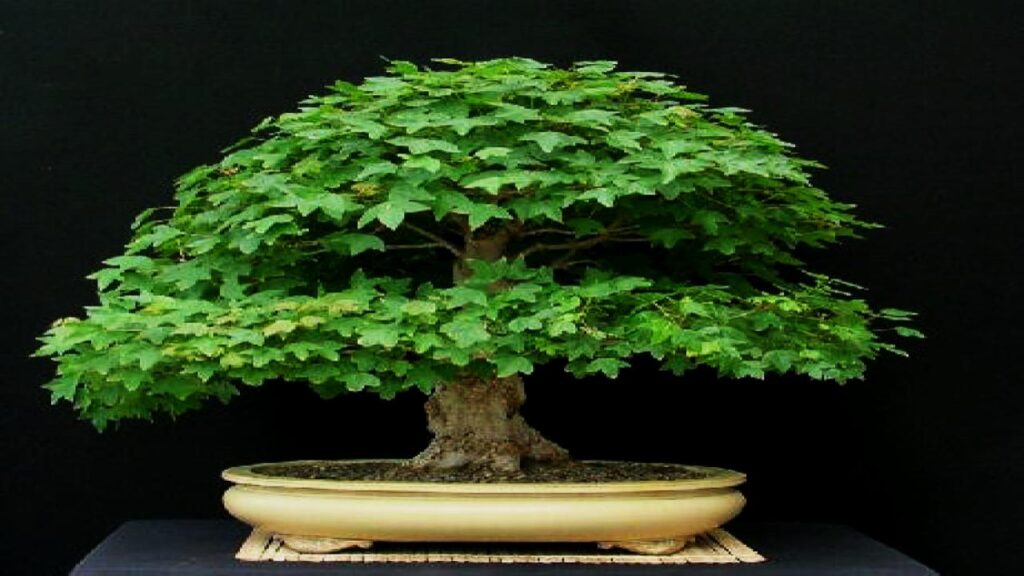
Perfect for: Fans of strong branch structure
Why it rocks: Fast-growing, easy to shape, and beautiful triple-lobed leaves. It’s also excellent for root-over-rock styles.
Hawaiian Umbrella Tree (Schefflera arboricola)
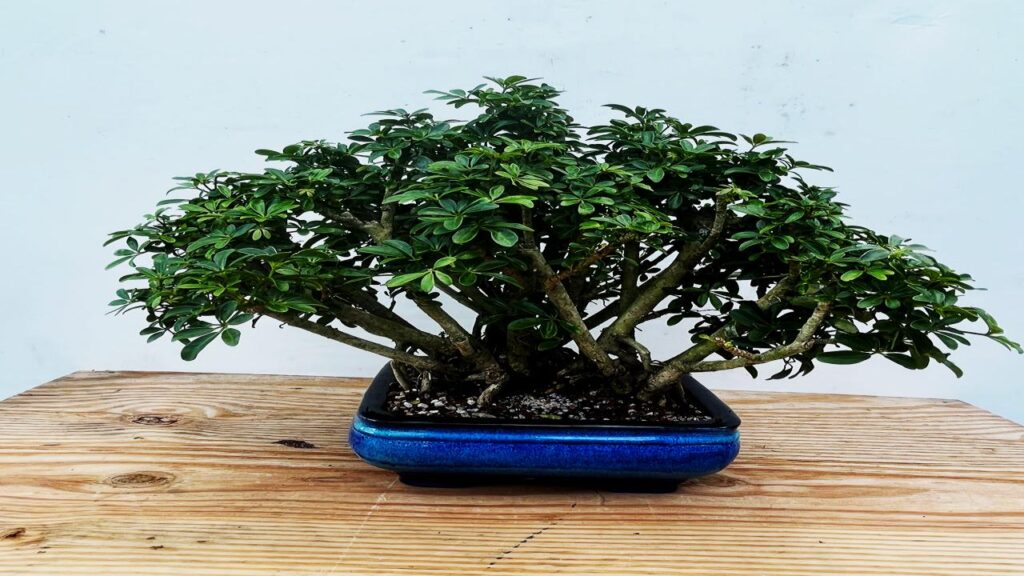
Perfect for: Indoor and office bonsai
Why it rocks: Doesn’t need much light and has a tropical feel. This guy is a low-maintenance king.
Fukien Tea (Carmona retusa)
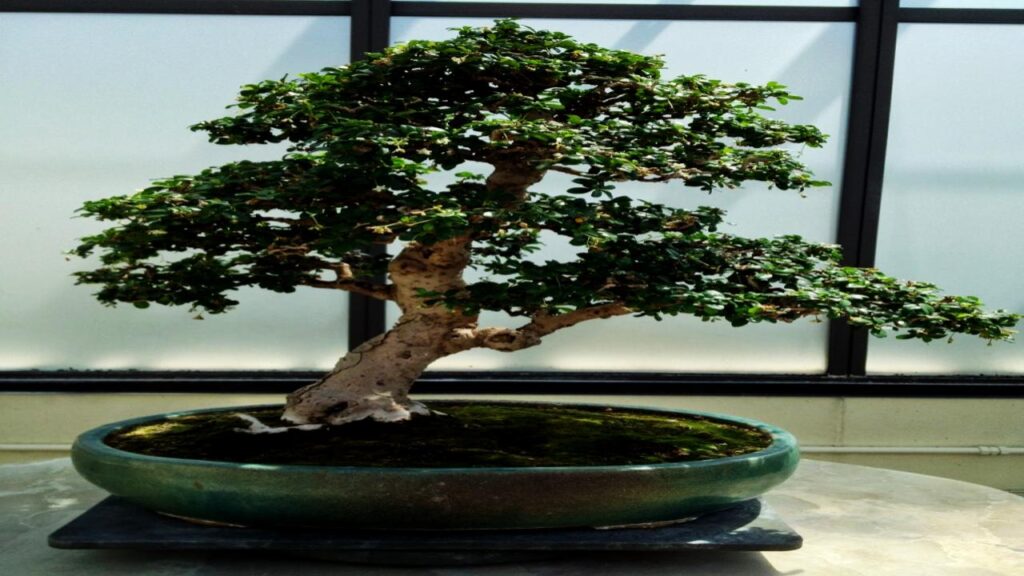
Perfect for: Intermediate bonsai parents
Why it rocks: Glossy leaves, tiny flowers, and a natural bonsai look. Slightly more care needed, but worth it.
Boxwood (Buxus spp.)

Perfect for: Outdoor sculptors
Why it rocks: Great for detailed topiary-style bonsai. Thick foliage and small leaves make shaping easy.
Serissa (Serissa japonica)
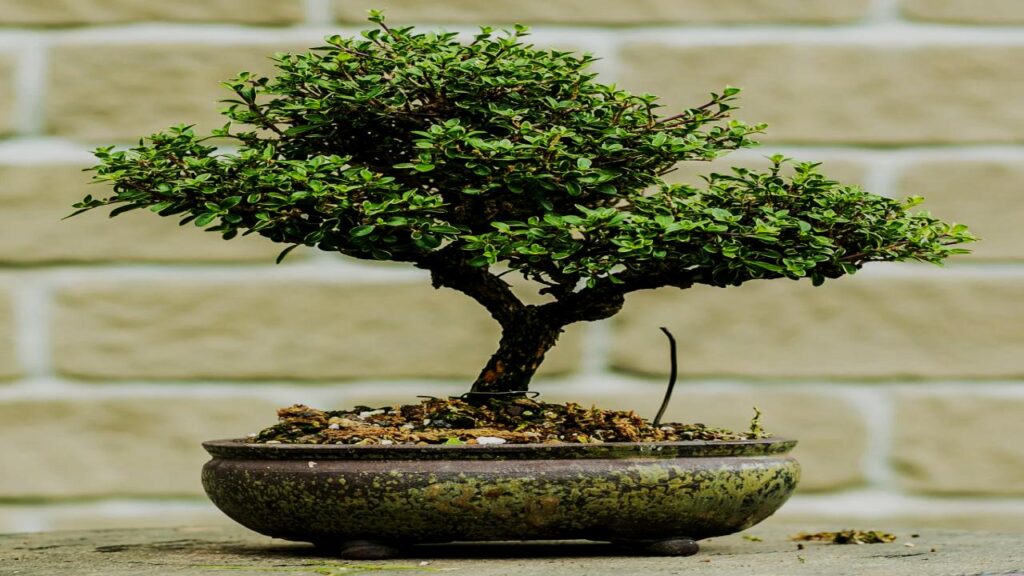
Perfect for: Indoor zen seekers
Why it rocks: Called “Tree of a Thousand Stars” for its tiny white blooms. Needs a little TLC but brings a ton of charm.
Practical Bonsai Tips for Beginners
Understand Your Light Conditions
- Indoor trees like ficus and umbrella trees need bright, indirect light.
- Outdoor species like juniper and maple crave full sun for part of the day.
Watering Without Killing It
- Rule of thumb: water when the top half-inch of soil feels dry.
- Use well-draining soil and containers with drainage holes.
Master the Pruning Game
- Regular pruning = healthy tree + cool shapes.
- Always use sharp, sterilized tools.
Seasonal Care is Crucial
- Some trees go dormant in winter. Don’t panic.
- Move sensitive species indoors during frost or extreme heat.
Soil and Fertilizer
- Use bonsai-specific soil for better aeration.
- Feed your tree every 2-4 weeks during growing season with balanced liquid fertilizer.
Bonus Section: Bonsai Styling Techniques for Newbies
If you’re wondering how to make your bonsai look like those artistic masterpieces on Pinterest or in Japanese gardens, here are a few styling techniques you can try:
Informal Upright (Moyogi)
This is the most common beginner style. The trunk has gentle curves and the branches spread out naturally.
Cascade (Kengai)
Great for showing drama, this style mimics a tree growing off a cliff. The trunk bends downward below the base.
Broom Style (Hokidachi)
- This one has a straight trunk with branches that fan out like a broom. Works great with elms and deciduous trees.
- Start with Moyogi and slowly experiment as your tree grows and gains character.
Where to Buy Bonsai Supplies
Wanna start your bonsai hobby right? Here are a few places bonsai enthusiasts swear by:
- Brussels Bonsai
- Eastern Leaf
- Bonsai Boy of New York
- Bonsai Outlet
These shops offer everything from starter kits to advanced tools, soil, and fertilizers.
